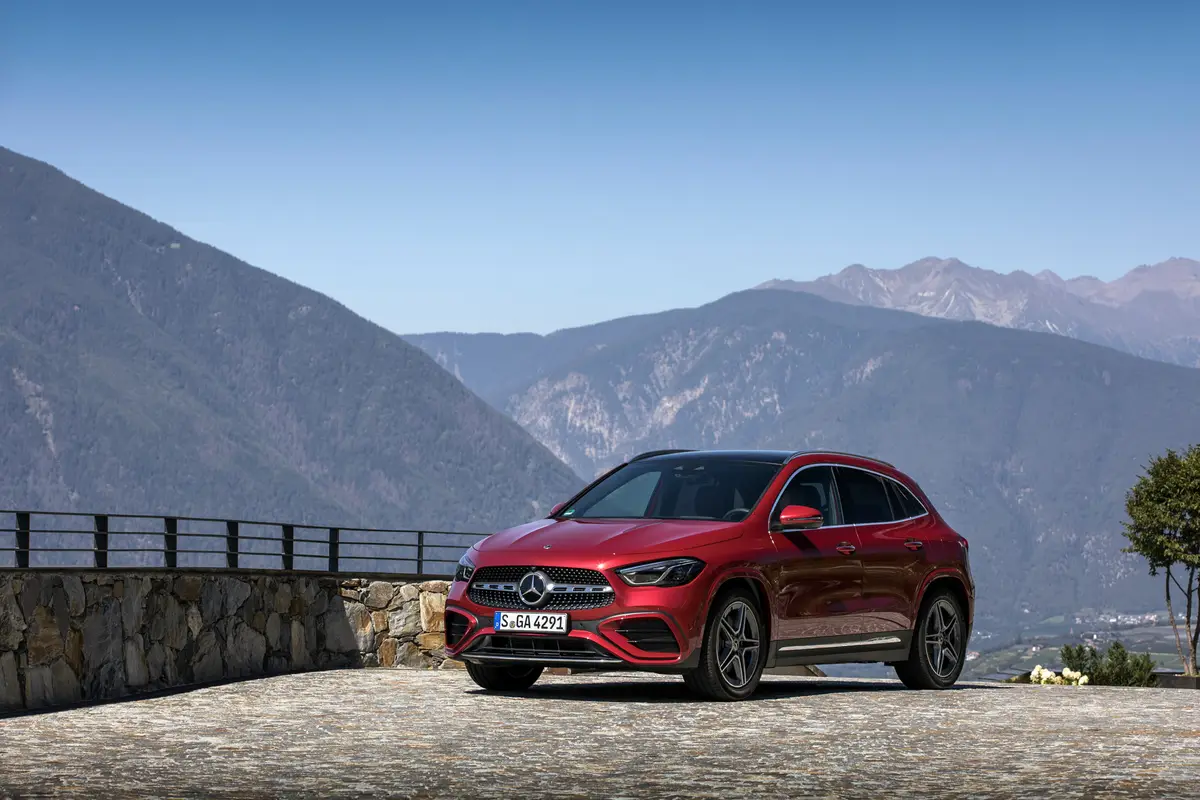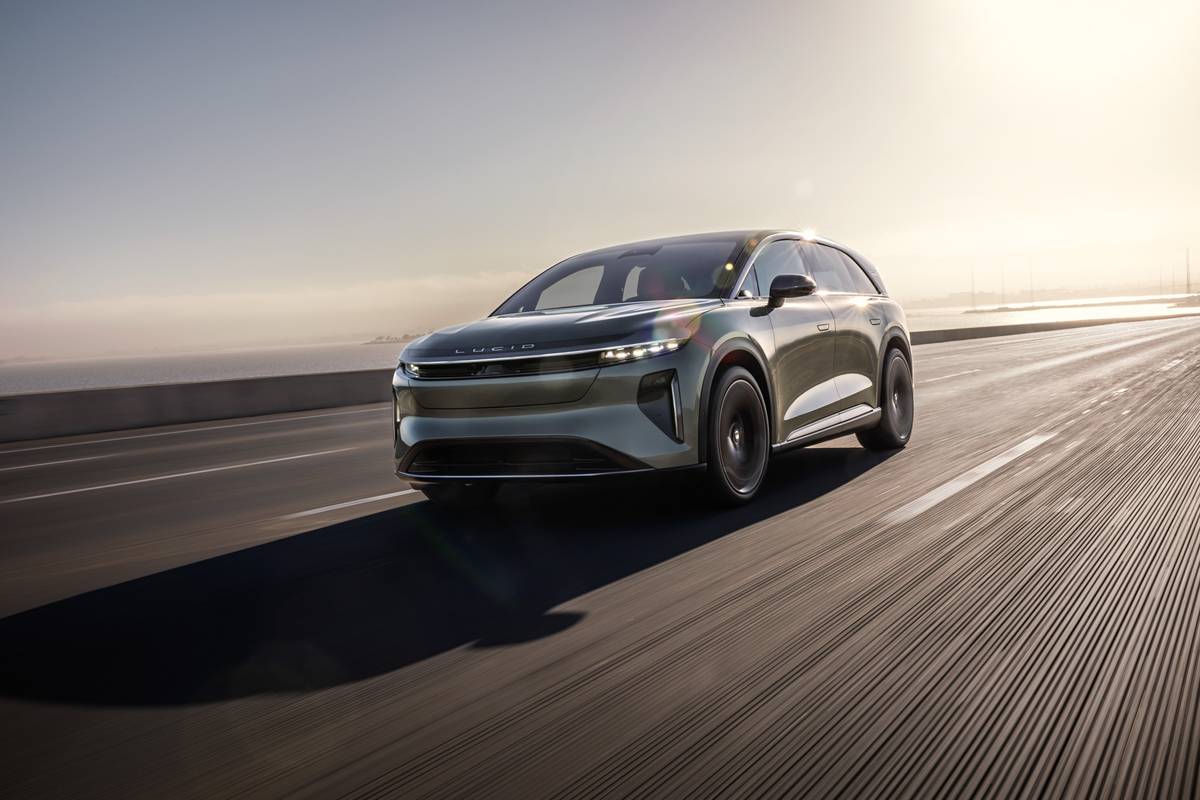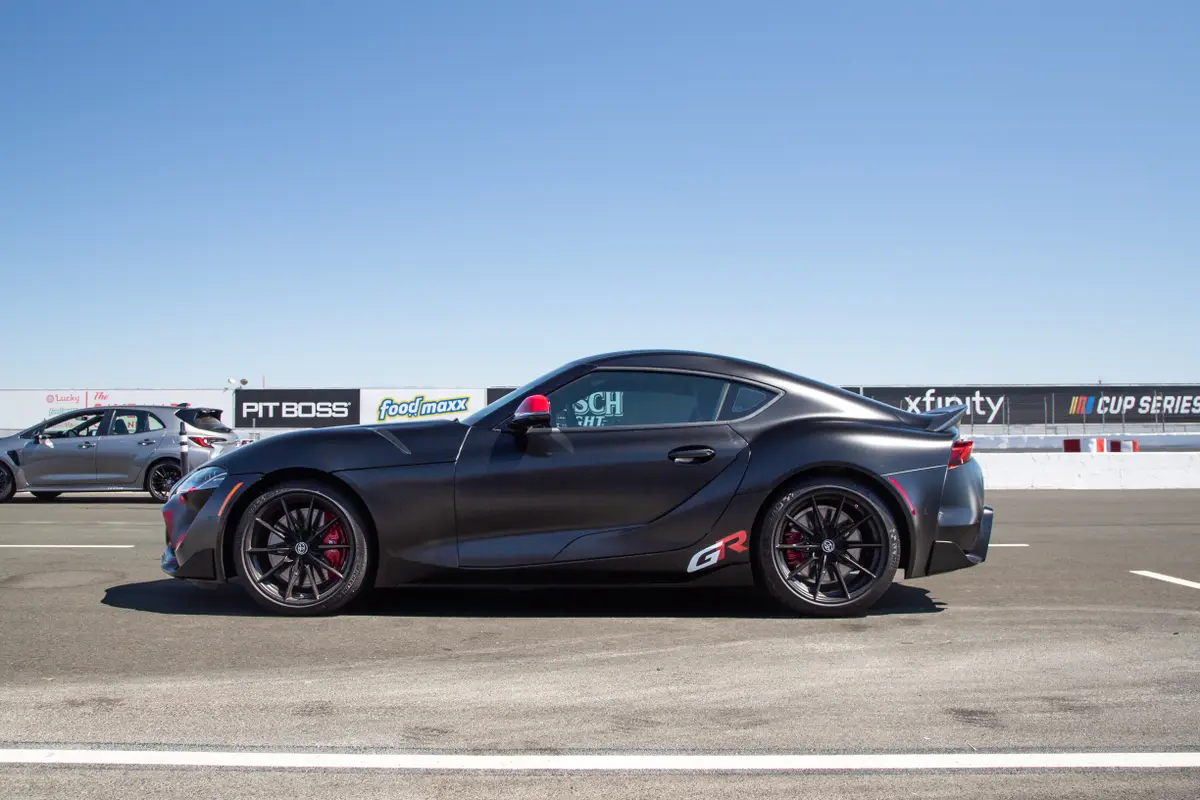The Morning Call and Mcall.com's view
The Camry is the best-selling car in the Toyota lineup, which says quite a bit since this Japanese manufacturer offers a wide selection of models across the board that also are popular.
But it is the mid-size (mid-size at least in the Toyota lineup) Camry that is the volume leader; so much so, that Toyota has invested $1.1 billion to build its U.S. manufacturing facility in Georgetown, Ky. Production began with the ’89 models and at full capacity the plant is expected to produce 200,000 units a year.
The V-6 sedan test car (supplied by J. H. Bennett, Inc., 2300 Hanover Ave., Allentown), however, was still a product of the old country – apparent from the window sticker listing it as coming from the port of Baltimore.
In addition to the V-6 sedan, the Camry lineup includes a V-6 wagon, a four-door sedan, 5-door Wagon and All-Trac sedan all available in several trim levels. So there is quite a choice. The real driving enthusiast, however, will probably go for the V-6 sedan, an understated-appearing car which may not quite be a wolf in sheep’s clothing but certainly is very deceptive as to what its real purpose is: family sedan or sport sedan, or maybe just a little bit of each.
The Camry received its new body styling for the ’87 model year and there is no real change here. The design is clean, subtly aerodynamic and easy to take. Not really a head turner but rather a car that blends into the scenery.
The V-6 engine, though, is somewhat newer – it was introduced in the middle of last model year – and is exciting and even a little exotic. It is one of these engines that not only performs well but looks great under the hood. In keeping with the general theme of Toyota of not producing dull engines, the Camry’s V-6 features a dual-overhead-cam, four-valves-per- cylinder design, which would be very much at home in a sports car.
One of the interesting features of this engine that it is relatively small for a V-6. It measures only 2.5 liter/151 cubic inches, about the same size as many four-cylinder engines offered this year. Without supercharging or turbocharging, this engine pumps out an impressive 153 horsepower at 5,600 rpm and 155 foot pounds torque at 4,400 rpm. (For what it’s worth, when introduced Toyota was the first automaker to offer a four-camshaft, 24-valve V-6 engine mounted transversely in a front-wheel drive car.)
Why, one may ask, should a company go through the added expense of a double-overhead-cam engine in what is essentially a moderately priced family- type sedan? After all, it could have just punched out and souped-up a four- cylinder engine to get the horses. Who knows? But good for them, anyway.
Although the basic design of four-valves-per-cylinder engines goes back a long way – Peugeot won the Indy 500 in 1913 with such an engine – it has just been ”discovered” recently by many passenger-car manufacturers. And for good reasons. It is possible to increase both horsepower and fuel efficiency at the same time and have no problem meeting federal emission standards. Obviously, this type of engine is more complex and repairs are going to cost more. But then, what else is new?
The test car’s engine along with its four-speed automatic transmission provided more than enough power for all Lehigh Valley driving conditions. Want to enter traffic, punch it and go; want to pass, just go; a big mountain ahead, go. Absolutely no lag, no snag, no drag, but lots of brag.
It is somewhat unfortunate that Toyota didn’t deem it necessary to install a tachometer to go along with this engine. And not only to watch that needle climb towards those high numbers but just to see if the engine is running at a standstill. This engine is so quiet at idle that you almost have to put your ear to the hood to hear it.
Just another word on the transmission. This electronically controlled four-speed features a lo k-out overdrive button and offers two modes: normal a nd performance. As can be expected, the shifting is crisper and at a higher rpm in performance and smoother and at a lower rpm in normal.
Fuel mileage wasn’t bad if you consider the amount of horsepower the engine develops and not the displacement. The test car averaged 15 miles per gallon for city driving and 23 mpg over the highway. Unleaded premium should be used.
The Camry’s suspension features MacPherson struts and stabilizer bars on both ends. Steering is by variable assist power rack-and-pinion, which will go from lock-to-lock in three turns of the wheel. Wisely, the Camry’s chassis has been upgraded on all V-6 models, including the addition of four-wheel disc brakes and 15 inch wheels. All-in-all, the V-6 Camry, as with many other cars, is a compromise of handling and ride. Both are quite decent.
With an EPA volume index of 101 cubic feet (89 passenger/12 cargo) the car is in the compact category (100 to 109 cubic feet). And as with all compacts it has some decent room. Driver and front-seat passenger, as usual, have the best of it. Rear seat passengers, however, have leg room even with the front seats extended fully aft. Rear seat passengers, at least those at the windows have three-point seat belts. Up front there’s automatic shoulder belts.
Controls and instruments are easy to use and view, although it is doubtful if anyone will be taxed by the array of gauges, which consist of a speedometer and fuel and heat gauges. A neat feature is an automatic-off headlight system.
Base price for the Camry V-6 sedan is $14,388 and includes a number of standard items such as power steering and brakes, 195/60HR 15 all-season tires, rear window defogger, intermittent windshield wipers, dual remote control, tinted glass and tilt steering wheel with memory.
The test car had an optional equipment value package which listed at $1,520 and consisted of air conditioning, cruise control, power windows and door locks and AM/FM stereo electronic radio with 4-enclosure speakers. Total price, including a destination charge of $345, came to $16,253.
The Camry is protected by a 36-month/36,000-mile basic new vehicle warranty, which includes virtually all components on the vehicle, and a 5- year/unlimited-mileage warranty against corrosion perforation.
Latest news



